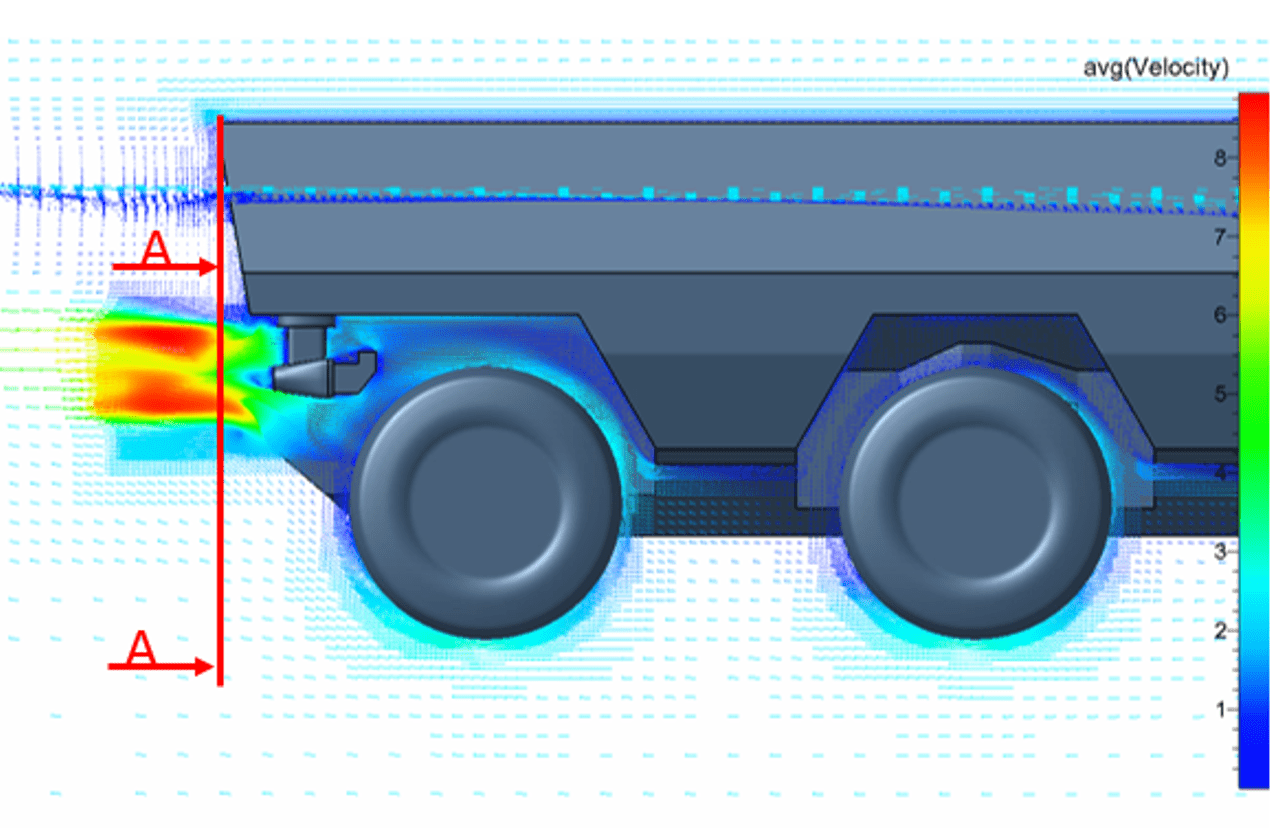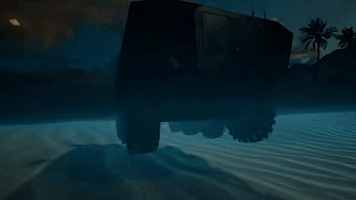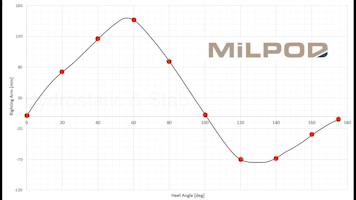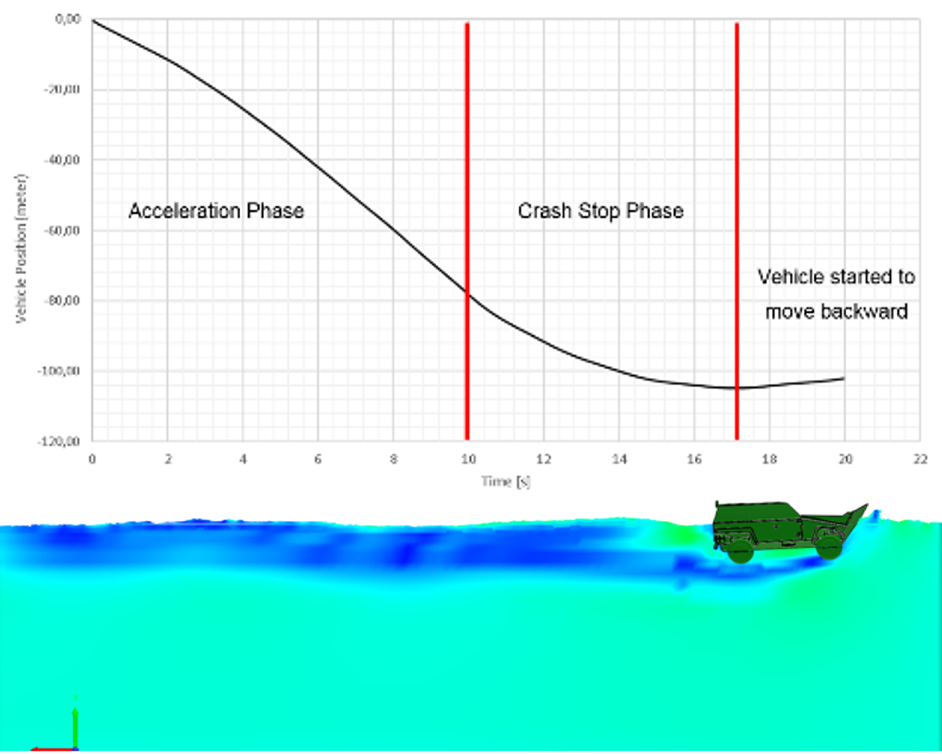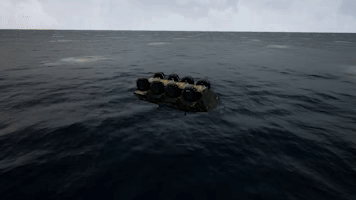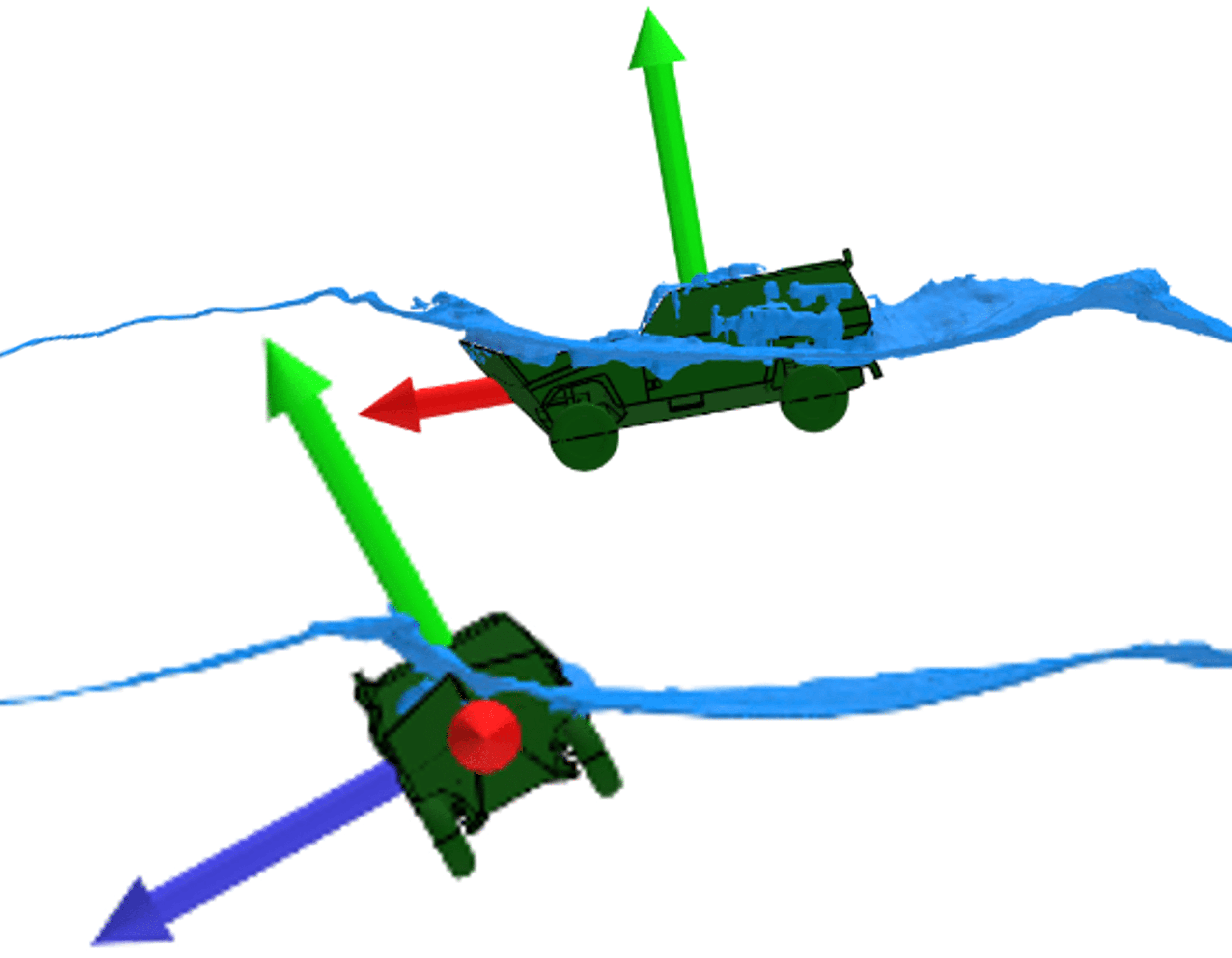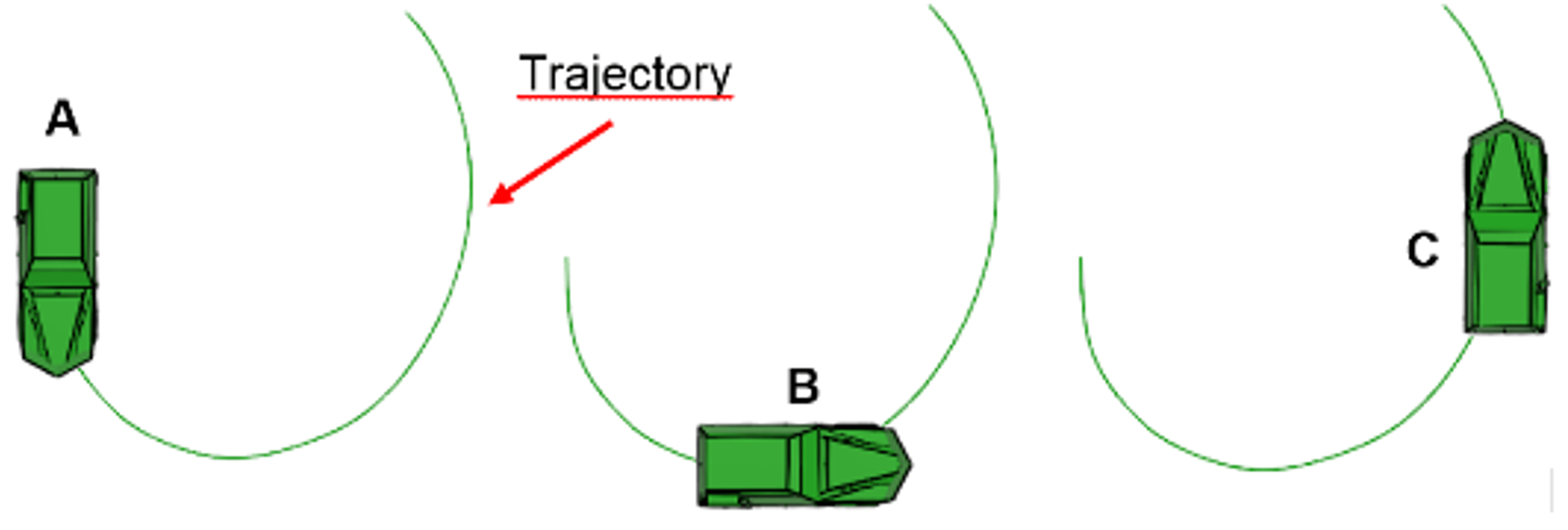OPTIMIZING OPEN-WATER HYDRODYNAMICS FOR AMPHIBIOUS VEHICLES
MILPOD excels in refining the hydrodynamic characteristics of propulsion systems in open water, focusing on wake fraction and thrust deduction for enhanced vehicle performance.
Advanced Analysis of Wake and Thrust Deduction
Our approach involves intricate adjustments based on:
- Wake Fraction: Analyzing the wake fraction for its impact on the horizontal shift in the propulsion system.
- Thrust Deduction: Assessing how the propulsion system’s operation increases vehicle body resistance and making necessary adjustments.
Detailed Calculations and Realistic Simulations
To ensure optimal performance, we undertake:
- Hull Resistance Analysis: Conducting thorough calculations and realistic simulations of hull resistance at various speeds to understand and mitigate any potential inefficiencies.
- Speed-specific Adjustments: Tailoring our solutions to maintain efficiency and effectiveness across different operational speeds.
Utilizing Advanced Wake Flow Tools
At the forefront of our analysis process are:
- Advanced Wake Flow Predictions: Utilizing cutting-edge tools to predict flow characteristics behind the vehicle body.
- Early-stage Integration: Implementing these insights early in the propulsion system design to ensure a harmonious and efficient integration.
Closing Statement
With MILPOD’s Wake and Propulsion Reduction Analysis, your amphibious vehicles benefit from a propulsion system that is finely tuned for maximum efficiency and performance. Trust in our expertise to deliver systems that excel in both function and form.
